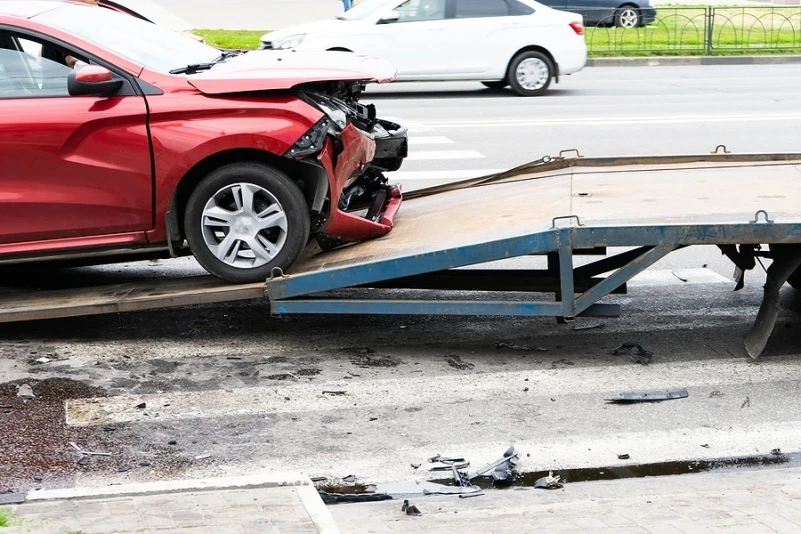Navigating Personal Injury Claims Involving Rideshare Companies

Rideshare cars shuttle residents, tourists, and business travelers all over Orange County every hour of the day. The convenience is clear, but when a trip ends in a collision the claim process becomes anything but simple. Liability can shift between the app company, the driver’s personal insurer, and even other motorists on the road. Below is a practical guide for injured passengers, rideshare drivers, and occupants of other vehicles who find themselves coping with crash injuries in Central Florida.
Why rideshare collisions create unique legal issues
Traditional accidents involve two drivers and two insurance policies. A rideshare crash often involves three or more. Coverage changes the moment a driver taps the app: one set of limits applies while waiting for a ride request, another kicks in once a trip is accepted, and a third—much larger—applies when a passenger sits in the back seat. Sorting out which period applied at the instant of impact is step one, because that answer determines where the money to pay medical bills and lost wages will come from.
Understanding insurance periods and coverage limits
Florida statute § 627.748 requires transportation-network companies to keep substantial policies in place.
-
Period 0 — driver offline: only the driver’s personal auto policy applies.
-
Period 1 — app on and waiting for a match: at least $50,000 for one person’s injuries, $100,000 per crash, and $25,000 for property damage must be available.
-
Periods 2 and 3 — ride accepted or passenger on board: a minimum of $1 million in combined bodily-injury and property-damage coverage applies.
Uber and Lyft buy these policies and list themselves as the named insured. Claims go to a large national carrier chosen by the platform. That means adjusters outside Florida may handle your file, and they may not know recent changes to state law such as the two-year negligence deadline.
Steps to take immediately after the crash
Seek medical care within fourteen days to preserve personal injury protection benefits. Call 911 and wait for law enforcement so an official report documents which period the driver was in. Use your phone to photograph app screens that show the active trip or “waiting for request” status. Exchange contact information with every driver and try to get the rideshare driver’s vehicle identification number, which links directly to the policy on file with the platform.
Preserving app data and electronic evidence
Trip logs and GPS tracks stored on Uber and Lyft servers reveal speed, location, and timing accurate to the second. That data can prove a driver failed to slow for traffic or that another car cut them off. Send a written preservation request to the company as soon as possible. Your attorney will issue a spoliation letter that forces the platform to save the electronic file instead of allowing routine deletion.
Navigating claims when you were a passenger
Passengers rarely share fault, but recovering payment still takes work. File a notice with the rideshare carrier and with your own auto insurer even if you were not driving. Florida is a no-fault state; your personal injury protection pays first. When injuries surpass PIP limits or meet the “serious injury” threshold, the $1 million rideshare policy becomes the main target. Provide medical records, receipts, and proof of lost wages promptly, but do not give a recorded statement until counsel reviews the questions.
What if the rideshare driver was not at fault
Sometimes another motorist strikes the rideshare vehicle. In that case you may have claims against multiple policies: the at-fault driver’s bodily-injury liability, the rideshare company’s uninsured-motorist coverage (if purchased), and your own UM policy. Stacking these coverages can fill gaps when one policy is too small or the driver who caused the crash disappears after a hit-and-run.
Comparative fault under Florida law
Since 2023 Florida follows a modified comparative negligence rule. If you are more than 50 percent responsible for your own injury you cannot recover. Rideshare companies use this rule aggressively, arguing that a passenger failed to wear a seat belt or that another driver braked too late. Dash-cam video, traffic-light data, and eyewitness testimony help push your share of fault below the bar so compensation remains available.
Calculating damages beyond medical bills
Economic losses include hospital charges, therapy bills, prescriptions, lost income, and property damage to your own vehicle if you were driving another car. Non-economic damages cover pain, emotional distress, and loss of enjoyment of life—crucial in crashes that cause long-term disability. Future costs often dwarf initial expenses, so surgeons and vocational experts should outline projected surgeries or career limits before any settlement talks conclude.
Statute of limitations and notice deadlines
Florida now gives injured adults two years from the date of crash to file a negligence lawsuit. The clock is short, especially when multiple insurers point fingers at one another and delay a decision. Send preservation letters within a week, start PIP forms within fourteen days, and consult counsel well before the second anniversary of the collision.
Conclusion
Rideshare companies retain national defense firms familiar with complex policy tiers. An Orlando injury lawyer levels the field by subpoenaing internal manuals, downloading black-box data, and negotiating liens held by hospitals or health insurers. Most work on contingency, charging a fee only after they obtain a recovery, so hiring counsel carries no up-front expense for the injured client.
A rideshare crash turns a routine trip into a maze of insurance adjusters and legal deadlines. With clear evidence, timely action, and informed advocacy, injured passengers and drivers can turn that maze into a straight path toward fair compensation and a full physical recovery.

 Call Us Today - It's Free
Call Us Today - It's Free